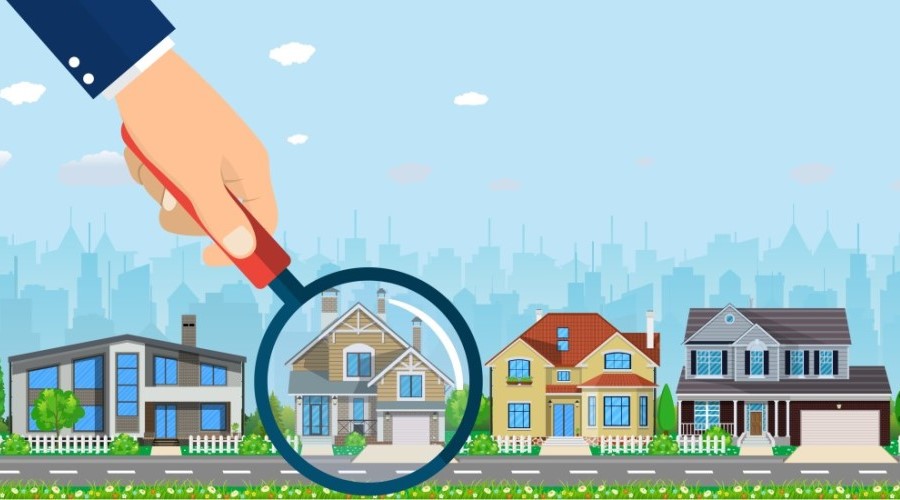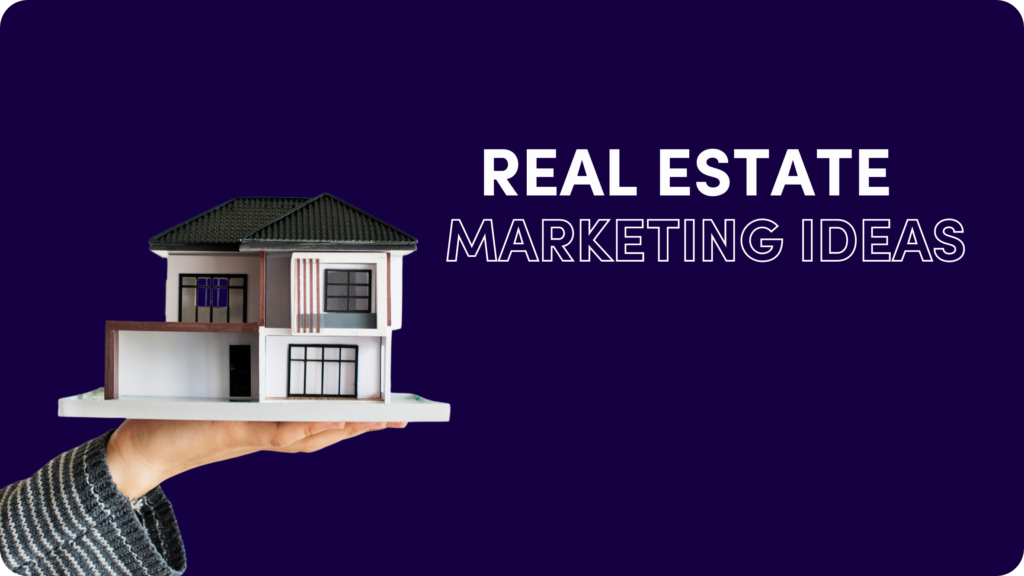
So you've found out just how much home you can afford and now you're wondering which sort of mortgage you should get? You are most likely asking yourself Should I get a repaired- or adjustable-rate mortgage? We can help.

The big divide in the mortgage world is between the fixed-rate mortgage and the adjustable-rate mortgage (ARM). Why 2 kinds of mortgages? Each appeals to a set of customers with different needs. Continue reading to learn which one makes sense for you.

Old Faithful: The Fixed-Rate Mortgage
A fixed-rate mortgage is what many individuals believe of when they imagine how to fund a home purchase. When you get a fixed-rate mortgage, you'll dedicate to a single rates of interest for the life of the loan. That rate depends upon market rates of interest, on your credit rating and on your down payment.
If interest rates are high when you get your mortgage, your monthly payments will be high too due to the fact that you're locked in to the repaired rate. And if rate of interest later on go down you'll need to refinance your mortgage in order to benefit from the lower rates. To refinance, you'll need to go through the hassle of assembling your paperwork, looking for a mortgage and spending for closing expenses all over again.
The big draw of the fixed-rate mortgage, however, is that it provides the homebuyer some certainty in an uncertain world. Great deals of things can happen over the life of your mortgage: job loss, uninsured illness, tax increases, and so on. But with a fixed-rate mortgage, you can be sure that a hike in the interest you pay each month won't be among those monetary snags.
With a fixed-rate mortgage, the lender bears the danger that interest rates will go up and they'll miss out on the opportunity to charge you more every month. If rates increase, there's no way they can increase your payments and you can rest simple. In other words, the fixed-rate mortgage is the trustworthy choice.
Get a fixed-rate mortgage if ...
1. You couldn't pay for a rise in your month-to-month payments.We would recommend versus stretching your budget plan to afford a house and we advise homebuyers leave themselves an emergency situation fund of a minimum of 3 months, just in case things get hairy.
If an increase in rates of interest would leave you not able to make your mortgage payments, the fixed-rate mortgage is the one for you. Those without a lot of monetary cushion, or individuals who just wish to put additional money toward padding their emergency situation fund or contributing to retirement plans, must probably stay away from an adjustable-rate mortgage in favor of the predictability of the fixed-rate loan.
2. You want to remain in your house for a long time.Most Americans do not remain in their homes for more than 10 years. But if you've found that perfect location and you want to stay there for the long haul, a 30-year fixed-rate mortgage makes good sense. Yes, you'll pay a good portion of change in interest over the life of the loan, but you'll also be safeguarded from increases in rate of interest during that extended period of time.
The factor rates are greater for 30-year fixed-rate loans than they are for shorter-term loans and ARMs is that banks need some sort of insurance coverage that they won't be sorry for providing to you if rates go up throughout the life of the loan. In other words, banks are offering up their versatility to raise your rates when they provide you a fixed-rate mortgage. You make this approximately them by paying higher rates. If you commit to paying more each month for a fixed-rate mortgage and after that leave the home before you've constructed much equity, you have actually basically overpaid for your mortgage.
3. You do not like risk.The recent financial crisis left a lot of people feeling quite startled by financial obligation. It is very important to be mindful of your comfort with different levels of risk before you handle a home mortgage, which for numerous Americans is the biggest piece of financial obligation they will ever have.
If understanding that your mortgage interest rates might increase would keep you up during the night and offer you heart palpitations, it's most likely best to stick to a fixed-rate mortgage. Mortgage choices aren't simply about dollars and cents-they're also about ensuring you feel great about the cash you're spending and the home you're getting for it.
The Adjustable-Rate Mortgage
Not everyone requires the reliability of the fixed-rate mortgage. For those borrowers, there's the adjustable-rate mortgage. It is also referred to as the ARM.
With an ARM, you bring the risk that rates of interest will increase - but you likewise stand to gain more quickly if rates decrease. Plus you get lower introductory rates. Those lower introductory rates are usually what draw people to an ARM, but they do not last permanently so it is essential to look beyond them and comprehend what could occur to your rates throughout the life of the loan.
What is an adjustable-rate mortgage? A basic adjustable-rate mortgage definition is: a mortgage whose interest rate can alter gradually. Here's how it works: It starts extremely similar to a fixed-rate mortgage. With an ARM you commit to a low rates of interest for a given term, normally 3, 5, 7 or ten years depending on the loan you choose. Once the fixed-rate term ends, your rates of interest becomes adjustable for the rest of the life of the loan.
That suggests your interest rate can go up or down, depending on changes in the rates of interest that acts as the index for the mortgage rate, plus a margin, generally in between 2.25% and 2.75%. Simply put, your interest rate and month-to-month payments might go up, but if they do it's probably due to the fact that modifications in the economy are raising the index rate, not since your loan provider is attempting to be a jerk.
The index rate that drives modifications in mortgage rates is normally the LIBOR rate. LIBOR stands for "London Interbank Offered Rate." It's an interest rate obtained from the rates that big banks charge each other for loans in the London market. You do not need to stress excessive about what it is, however you do need to be gotten ready for what it might do to your regular monthly payments.
How do you understand what to expect from an ARM? Lenders list adjustable-rate mortgages in a manner that tells you the length of the initial rate and how typically the rates will adjust. A five-year adjustable-rate mortgage does not mean you pay off your home in five years. Instead, it describes the length of the initial term. For example, a 5/1 ("5 by 1") ARM will have a preliminary term of five years, and at the end of those 5 years your rate of interest will change once each year. Most ARMs adjust yearly, on the anniversary of the mortgage.
Now that you know the formula you'll be able to decipher the most typical types of adjustable mortgages - the 3/1 ARM, 3/3 ARM, 5/1 ARM, 5/5 ARM, 10/1 ARM and the 7/1 ARM. Note that a 3/3 ARM changes every three years and a 5/5 ARM changes every 5 years. Some loans defy this formula, as in the case of the 5/25 balloon loan. With a 5/25 mortgage, your rates of interest is fixed for the very first five years. It then jumps to a higher rate, which is yours for the staying 25 years of the 30-year mortgage. Always check out the fine print.
Your loan provider will also tell you the optimum percentage rate-change permitted per modification. This is called the "modification cap." It's created to prevent the sort of payment shock that would happen if a borrower got knocked with a big rate boost in a single year. The modification cap for ARMs with a five-year fixed term is typically 2%, but might go up to 4% for loans with longer repaired terms. It's crucial to check the adjustable-rate mortgage caps for any mortgage you're considering.
A good ARM must also feature a rate cap on the overall variety of points by which your rates of interest could increase or down over the life of your loan. For instance if your total rate cap is 6%, your rate will remain at the initial rate of 2.75% for 5 years and then could go up 2% per year from there, but it would never ever go above 8.75%.
Get an adjustable-rate mortgage if ...
1. You understand you won't be in the home for long.Adjustable-rate mortgages start with a fixed-rate term, generally approximately 5 years. If you're confident you will wish to offer the home throughout that first loan term, you stand to gain from the lower initial interest rates of an ARM.
Lots of people who choose ARMs do so for their "starter" homes and after that sell and proceed before getting struck with an interest rate increase. Maybe you're preparing to move to a different city in a couple of years, or you know you wish to start a family and you'll require to find a bigger place.
If you don't photo yourself aging in the house you're purchasing - or particularly staying for more than the fixed-rate term of the loan - you could get an ARM and reap the advantages of the low initial rates. Just keep in mind that there's no warranty you'll have the ability to offer the home when you want to.
2. You wish to avoid the hassle of a refinance.If you get an ARM and rates of interest drop, you can relax and unwind while your month-to-month mortgage payments drop too. Meanwhile, your next-door neighbor with the fixed-rate loan will need to refinance to benefit from lower rate of interest.
Lots of individuals only speak about the worst-case circumstance of the ARM, where interest rates go up to the optimum rate cap. But there's also a best-case situation: a buyer's month-to-month payments go down during the variable regard to the loan because market interest rates are falling. Naturally, rates of interest have been so low lately that this circumstance isn't terribly most likely to occur in the near future.
3. You've allocated a possible interest-rate hike.If you're certain that you might manage to pay more every month in the occasion of an increase in rates of interest, you're a good candidate for an ARM. Remember, there is a maximum rate trek connected to every ARM, so it's not like you have to spending plan for 50% rate of interest. An adjustable-rate mortgage calculator can assist you determine your maximum monthly payments.
Keep an eye out for ... the option ARM
The loaning market has actually gotten more consumer-friendly since the monetary crisis, but there are still some pitfalls out there for unwary borrowers. Among them is the option ARM. It doesn't sound too bad, right? Who does not like choices?
Well, the problem with the alternative ARM is that it makes it harder for you pay off your mortgage. It's the sort of mortgage that a great deal of borrowers registered for before the financial crisis.
With an alternative ARM, you'll have a choice in between making a minimum payment, an interest-only payment and an optimal payment monthly. The minimum payment is less than a complete interest payment, the interest-only payment just takes care of that month's interest and the optimal payment acts like a typical loan payment, where part of the payment consumes away at the interest and part of the payment builds equity by cutting into the principal. If you make the minimum payment, the quantity of interest you don't pay off gets added to the overall that you owe and your financial obligation snowballs.
Option ARMs can lead to what's called "negative amortization." Amortization is when the payments you make go to increasingly more of the principal and the loan eventually makes money off. Negative amortization is when your payments just go to interest - and insufficient interest at that - and you find yourself owing a growing number of, not less and less, gradually.
Adjustable-Rate Mortgage vs. Fixed-Rate Mortgage: The Final Showdown
If you have actually made it this far, you're a savvy borrower who understands the difference between a fixed-rate mortgage and an ARM. You comprehend the fixed-rate and adjustable-rate mortgage benefits and drawbacks. It's time to consider the length of time you wish to remain in your brand-new home, how risk-tolerant you are and how you would handle a rate hike. You'll also wish to have a look at the fixed- and adjustable-rate mortgage rates that are readily available to you.








